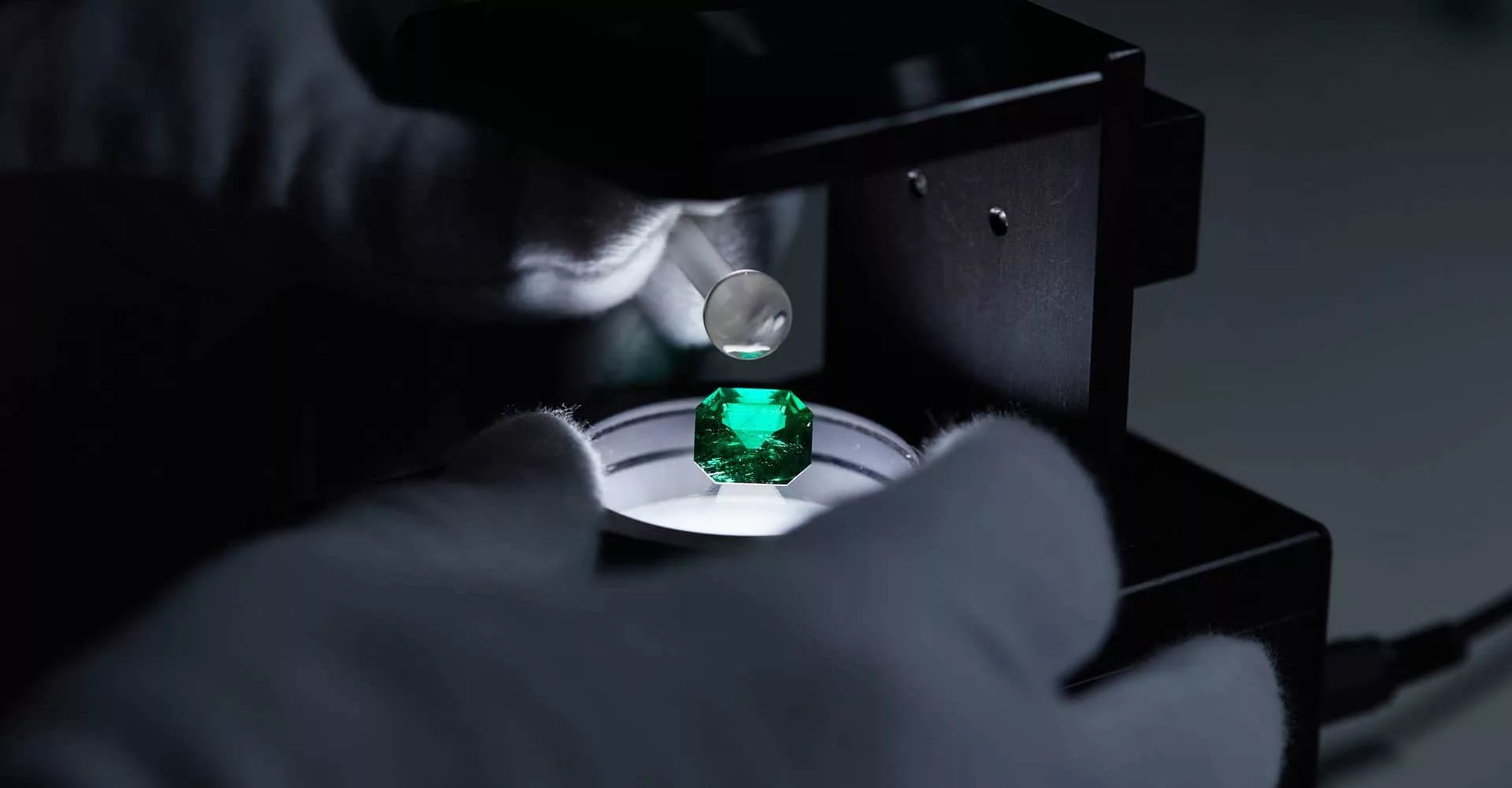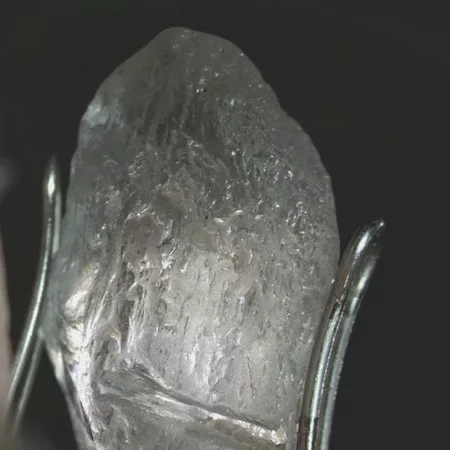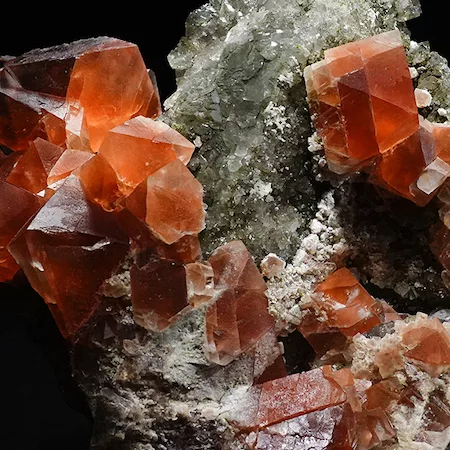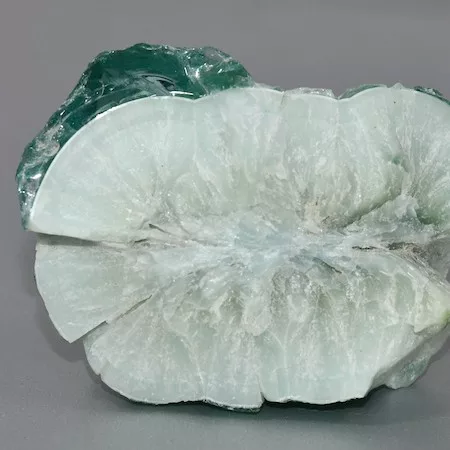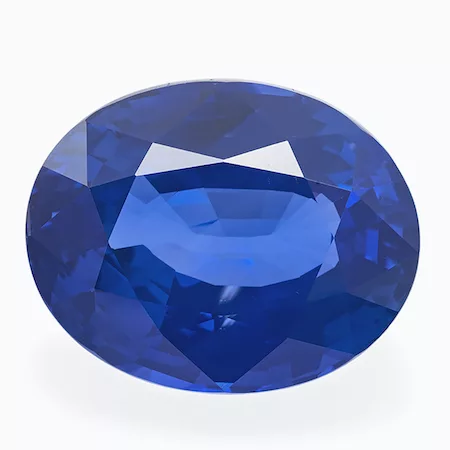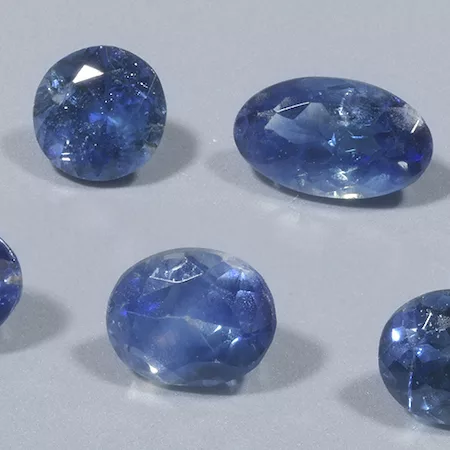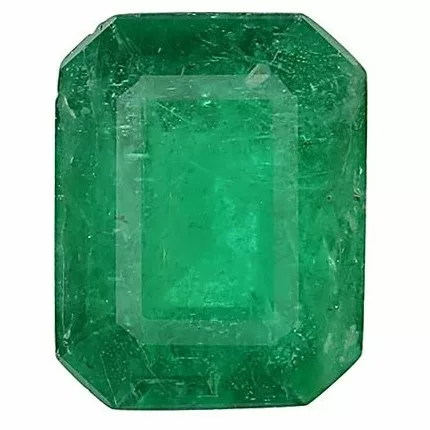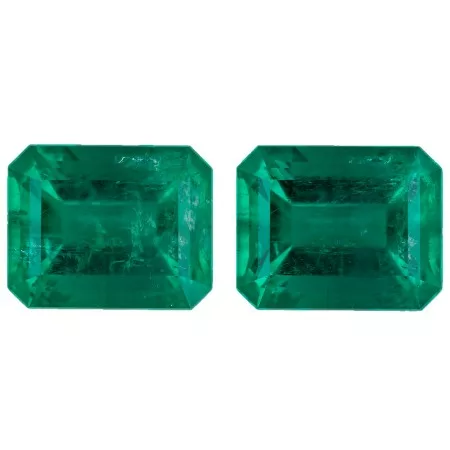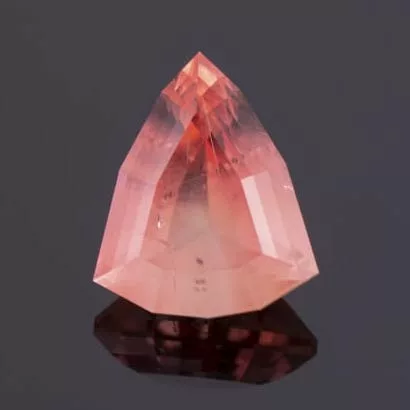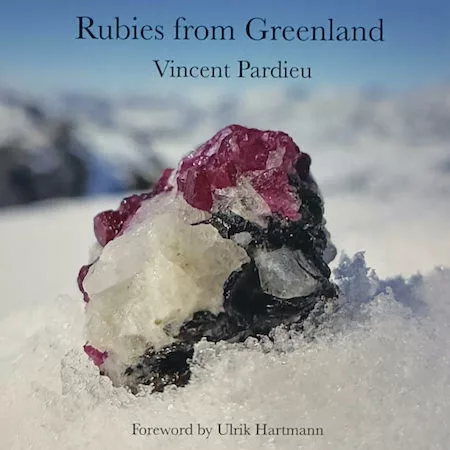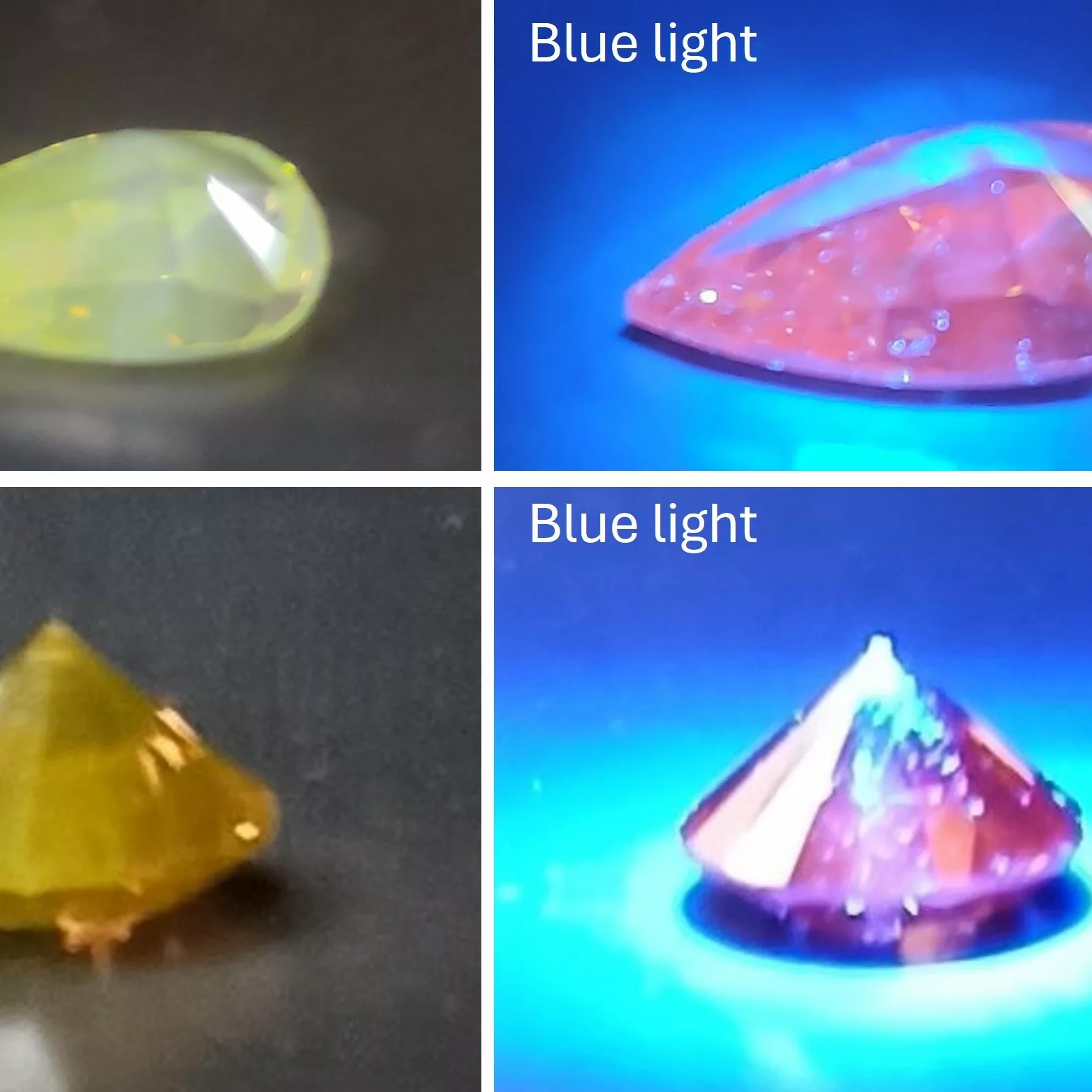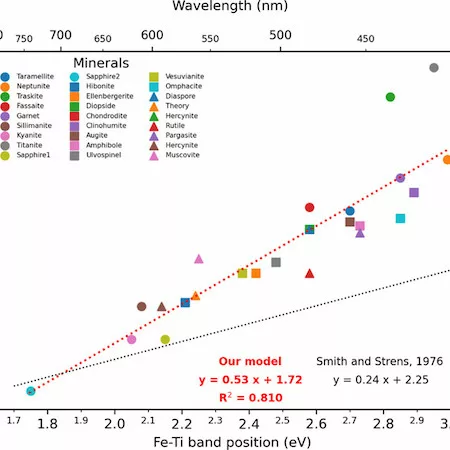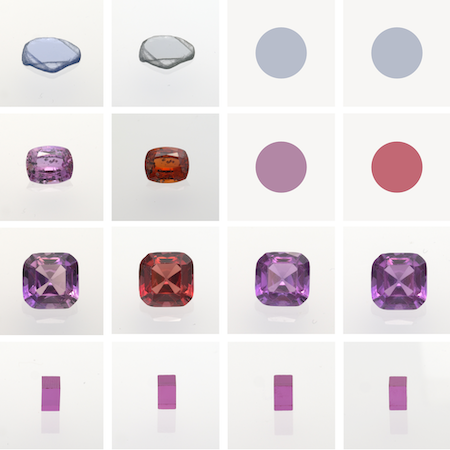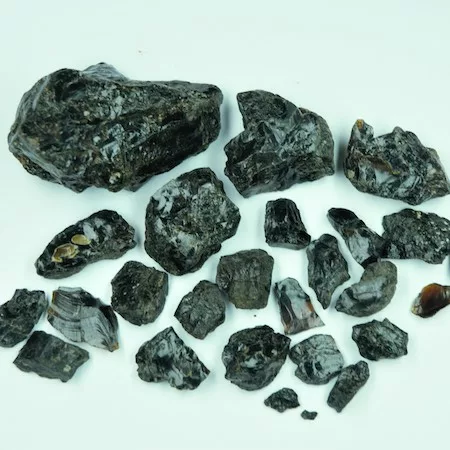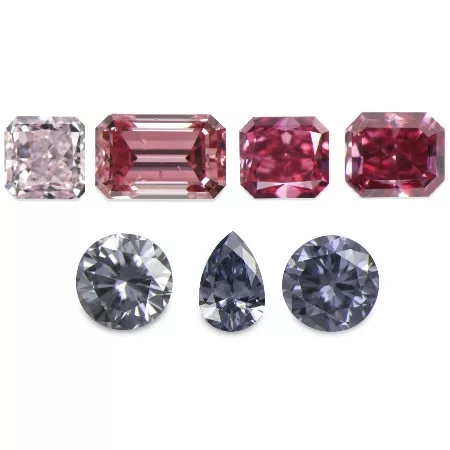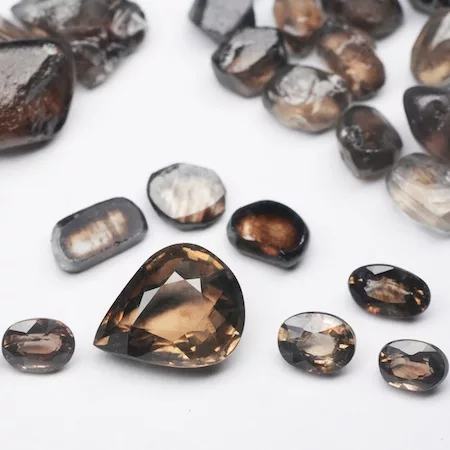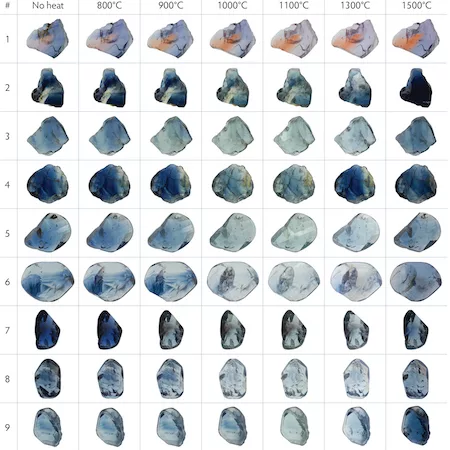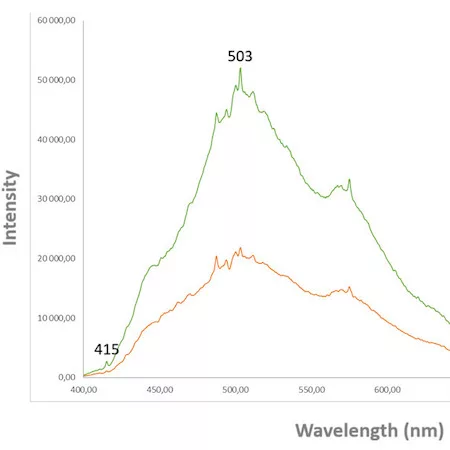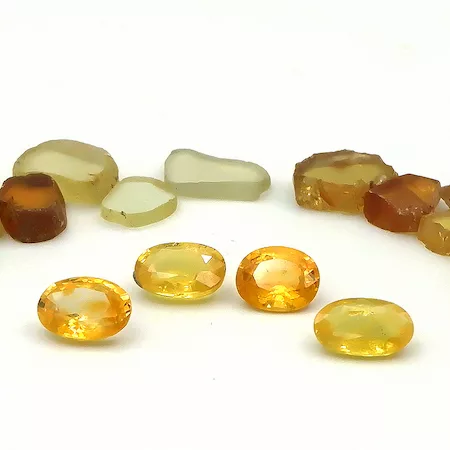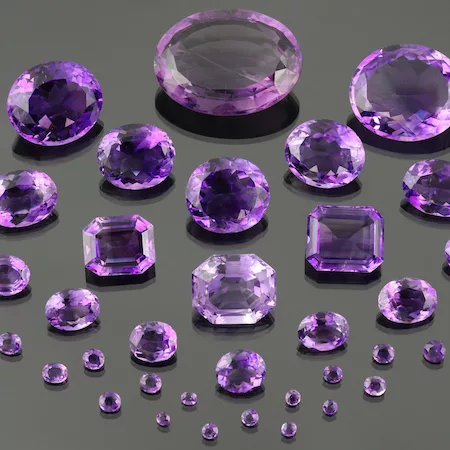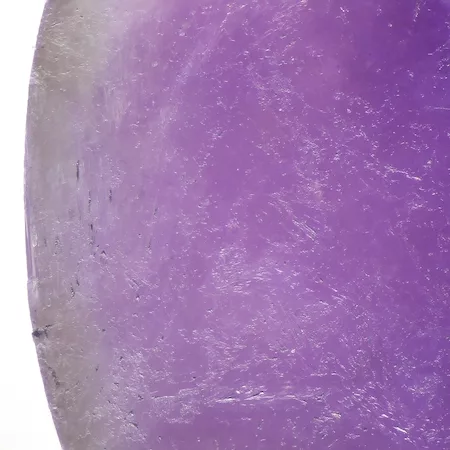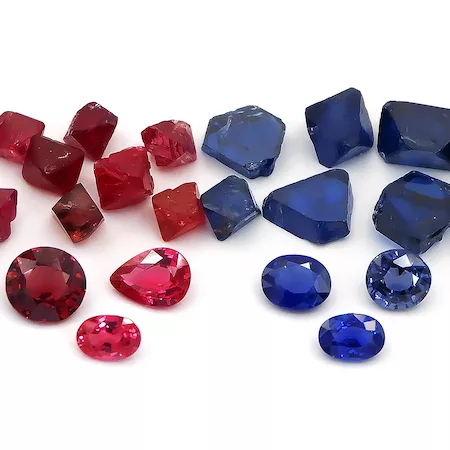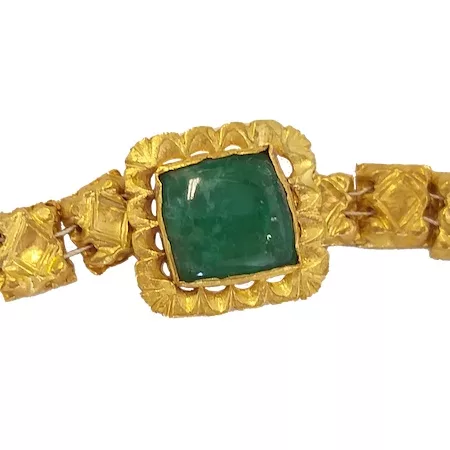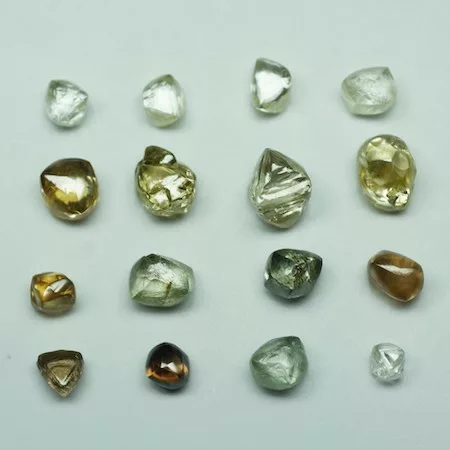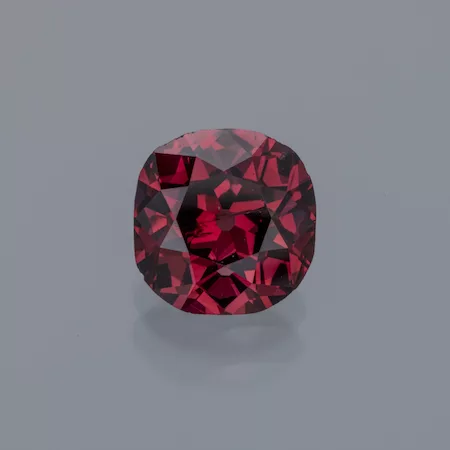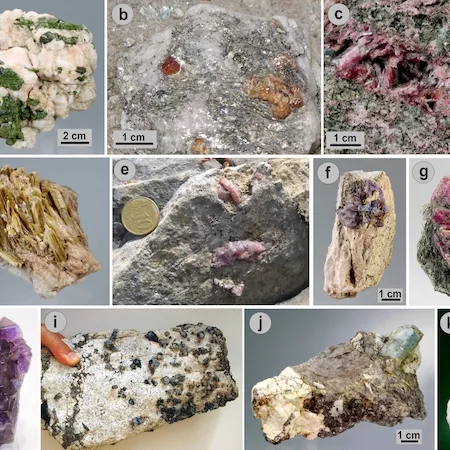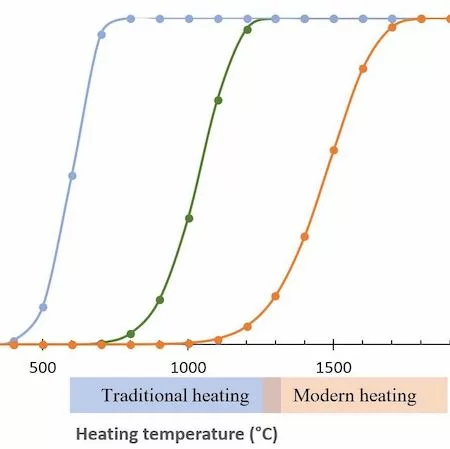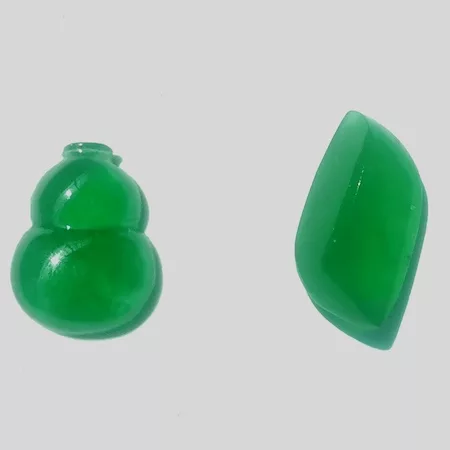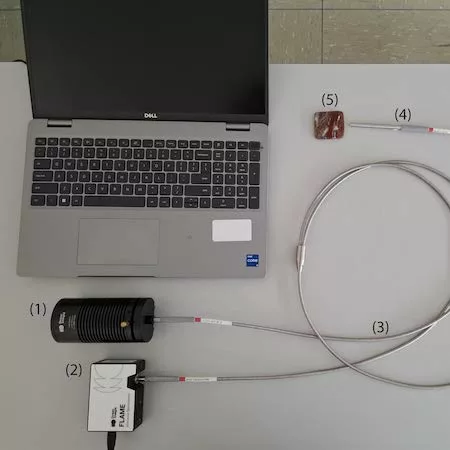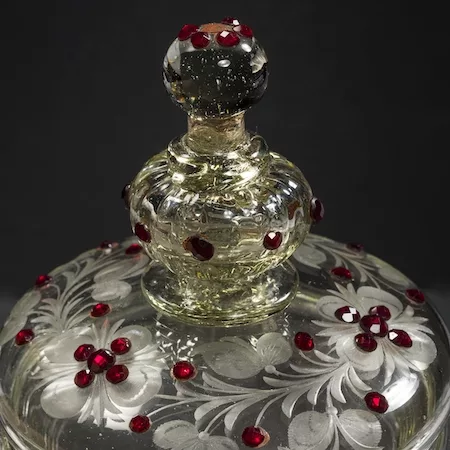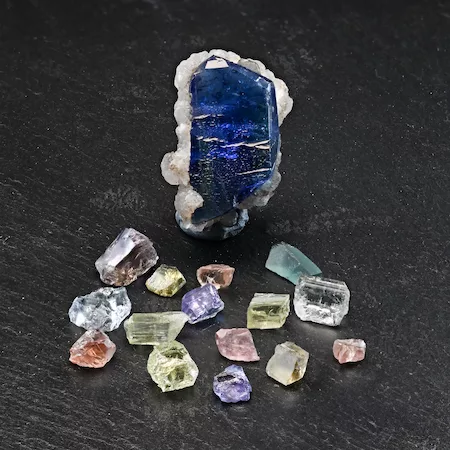Past conferences
Abstracts Library
Hurlbutite from Myanmar
A crystal of the very rare mineral hurlbutite originating from Myanmar (without further locality details) was studied and faceted afterwards in two gems, which we also studied
Gem-quality pink fluorite from Planggenstock, Switzerland: chemical and physical properties and a comparison with pink fluorites from other localities
In this study, first results of trace element analyses and various spectrometric investigations on pink fluorites from alpine deposits (Aar and Montblanc Massifs) as well as from t
A convincing glass imitation of larimar (pectolite)
Larimar, a massive blue variety of the mineral pectolite, belonging to the wollastonite group of minerals is known in the trade for few decades now
HFSE-enriched sapphires of gem quality: A combined FTIR and trace element study and implications for heat treatment detection
Gem-quality sapphires containing ‘exotic’ elements such as Sn, Nb, Zr, Ta, W, are of special interest in gemmological research, as the concentration of these so-called high-fie
Blue sapphire from Malacacheta of Minas Gerais, Brazil
Malacacheta, located in Minas Gerais, Brazil, is renowned for its alexandrite deposits and com-plex geological setting
Bertrandite in Emeralds
Over the past few years we have been seeing more and more lower quality stones in the lab. The reasons for this may be related to lack of supply of finer goods, rising prices, the
An approach to understanding the factors in the emerald enhancement clarity grading system used at CDTECGemlab
Emerald is the green variety of beryl, with its distinctive color resulting from trace amounts of chromium, vanadium, and iron
Pink-orange gem quality euclase from Bahia, Brazil
Euclase, monoclinic crystal system—is a seldomly occurring mineral and with a Mohs hardness of 7 and a perfect cleavage to (010) rarely faceted for use in jewellery, but crystal
Rubies from Greenland
Gemology is traditionally practiced in laboratories, focused on identifying and analyzing gemstones. Vincent Pardieu’s journey, however, took a different path
Shining light on “480 nm band” diamonds: Gemmological characteristics of an unusual group of diamonds with yellow and red luminescence
Fancy colour diamonds that derive their colour from nitro- gen-related defects (such as N3/N2 centers or C-centers) are relatively common and well-studied
Fe-Ti charge transfers: A comprehensive review and its applications to minerals and gems
The iron-titanium charge transfer (Fe-Ti CT) is mentioned in numerous articles as the source of the coloration of many nat- ural minerals and some man-made materials, but no global
Effects of Gamma Irradiation on Corundum: Towards a Potential Detection Method
Corundum, encompassing the highly prized ruby and sapphire varieties, stands as a cornerstone of the global gemstone market
Amber from the Thanbaya Gaing Coal Mine, Minbu Township, Magwe Region, Myanmar
Amber was recently discovered by local coal miners at the Thanbaya Gaing Coal mine located 6.5 km northwest of Padaung village, and about 5 km west of Thanbaya Gaing village
Pink to Red and Violet Diamonds from the Argyle Mine, Australia: Properties, Color Origin and Latest Research Results
The Argyle Mine was by very far the largest producer of pink to red diamonds worldwide and the only producer of violet diamonds
Gemological Characteristics of New Transparent Brown Sapphire
A newly observed variety of faceted transparent brown sapphire has recently entered the gem market, prompting gemological attention due to its highly unusual appearance
Low Temperature Heat Treatment of Madagascar Sapphire
One of the challenges facing gemologists today is the detec- tion of low temperature (below 1200°C) heat treatment in corundum (Hughes et al., 2017)
Nitrogen aggregates in yellow HPHT and CVD synthetic diamonds
Yuri Shelementyev, Galina Kriulina, Olga Yarapova, Viktor Vins, and Alexander Stolyarevich
Identification of melee size synthetic coloured diamond for jewellery
Synthesis methods to produce large and high-quality dia- mond for jewellery have been improved over the years, and large, colourless faceted stones weighing more than 50 ct have be
Geographic Origin Determination of Natural Yellow Sapphires: The Preliminary Study
Determining the geographic origin of yellow sapphires plays a critical role in the gem trade, as origin often dictates both perceived quality and market pricing
Study of “amethysts” from the French Crown Jewels
Stefanos Karampelas, Eloïse Gaillou, Annabelle Herreweghe, Ugo Hennebois, Farida Maouche, Romain Bolzoni, Steven Riou, Quentin Dartois, Bérengère Meslin Sainte Beuve, Christelle




